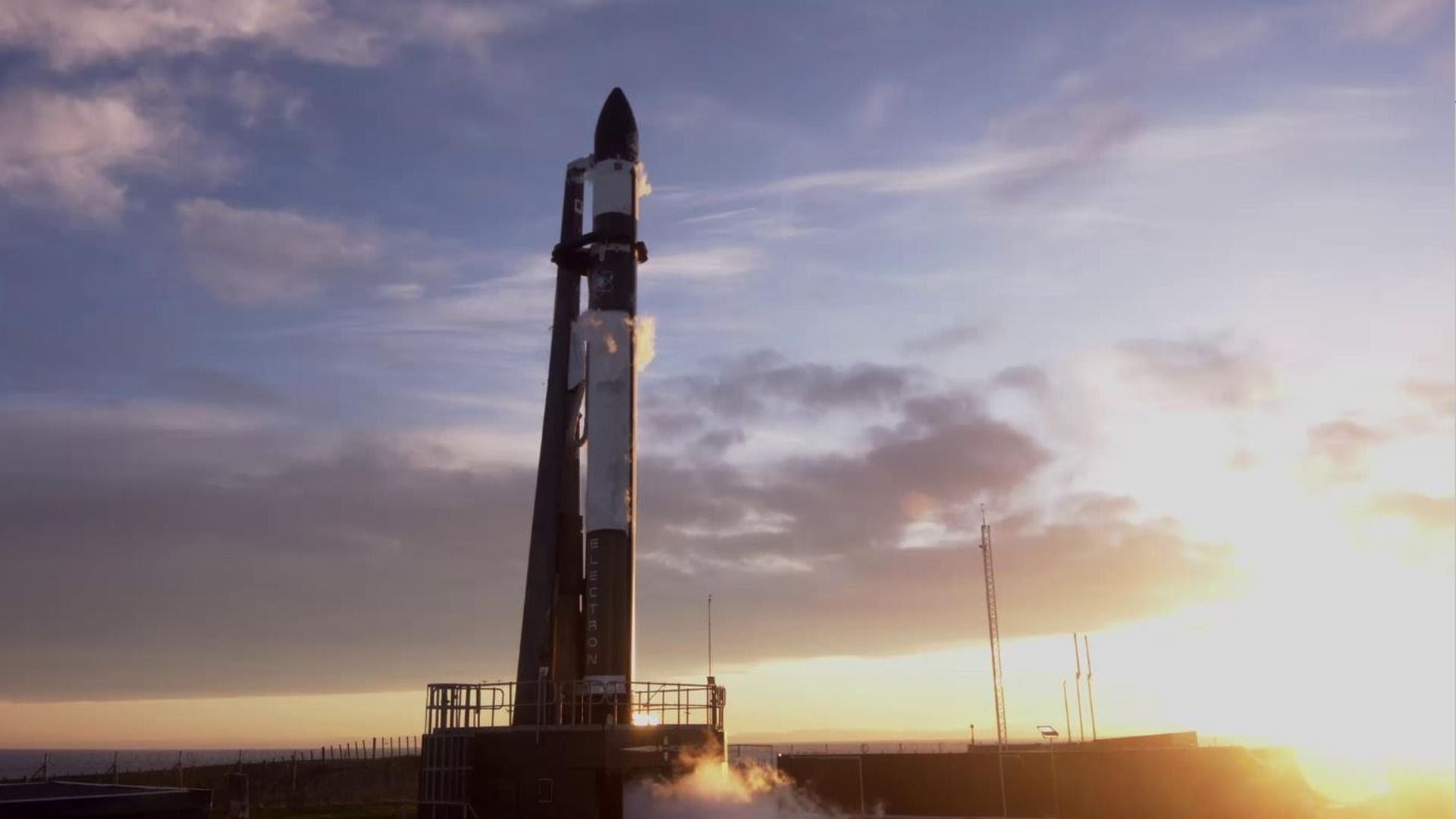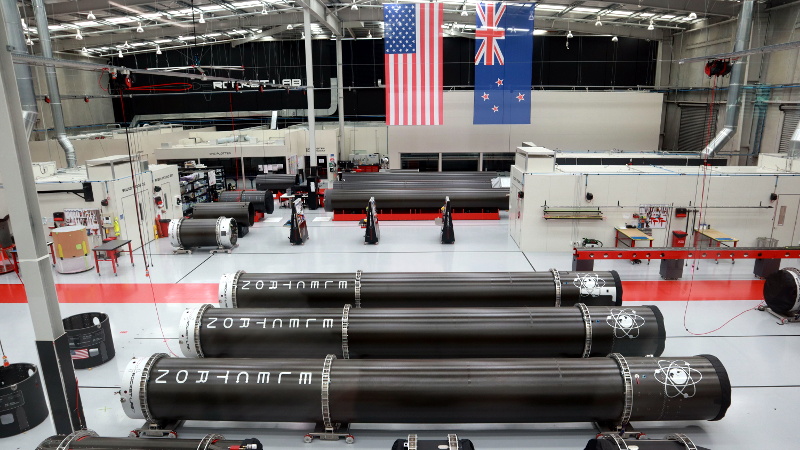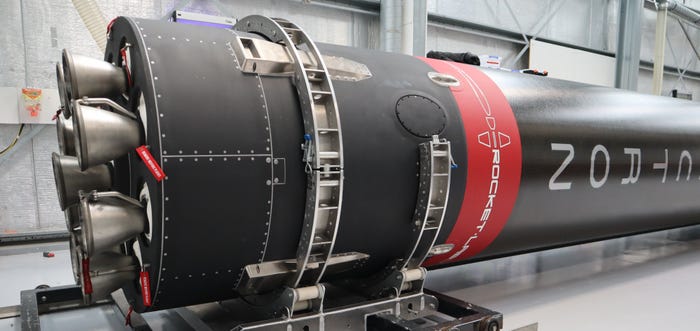In-Depth View Of Rocket Lab’s Electron Launch Vehicle
With more and more companies entering the space industry, the competition is increasing. All of these companies are working to create the most cost-effective, efficient, and high-quality launch vehicle they can. In Rocket Lab’s case, Electron is a launch vehicle meant to fill some of the rapidly increasing small satellite launch demand. This rocket is doing it in many unique ways.
Electron is a small-lift launch vehicle that has been consistently launching and providing Rocket Lab along with other companies a quality service. It has been doing this with a unique design, kick stage, quality performance, and more. All of which combine into a single launch vehicle trying to change how we access, reuse, and send payloads into space. It has been launching for quite a while yet Rocket Lab is still working to improve it.
So much innovation is happening right now throughout the space industry. Additionally, with so many different ways to create and use a rocket, companies and agencies are coming up with new and unique features that help them in multiple ways. The better a company such as Rocket Lab can develop, manufacture, and launch a rocket, the better and more competitive prices they provide to customers around the world.
Electron Background

Over the past few years, Rocket Lab has managed to establish itself as a high-quality launch provider specifically within the small-lift category. This is mainly thanks to the success of their Electron launch vehicle. Currently, it has over 100 satellites successfully deployed, and over 20 launches to date. This record along with the result of each mission makes the company very appealing to different small satellite companies. Additionally, this rocket features many unique design, manufacturing, and launch components that help make it stand out from the rest of the industry. The development of Electron began in 2013. This rocket is a two-stage small-lift launch vehicle powered by liquid oxygen and rocket-grade kerosene.
Electron utilizes advanced carbon composite materials throughout the majority of the launch vehicle. This provides a good balance between strength and weight reduction which ends up having a direct impact on the payload capacity. Rocket Lab mentions this material reduces up to around 40% of the rocket’s mass. Additionally, Rocket Lab fabricates tanks and other carbon composite structures in-house to improve cost efficiency and drive rapid production. All of this combines into a single launch vehicle with the goal of lowering costs and improving our access to space. Rocket Lab is confident in the future especially surrounding the small satellite market. Electron is meant to be a good starting point for providing a consistent launch service to fill the increasing demand.
Electron Features

Performance – The first and arguably most important feature of Electron is the performance. Here I will go more in-depth into this vehicle’s possibilities and cargo-carrying capabilities. Electron is designed to launch and place payloads of up to 200kg into a circular SSO or sun-synchronous orbit at 500km in altitude. In addition, Rocket Lab and Electron can accommodate a large range of orbit requirements with the most popular being SSO. Infrastructure also plays a big role in Electron’s capabilities. Specifically, Rocket Lab operates two different launch sites including one in New Zealand and one in Virginia. Launches from New Zealand facilitate trajectories of inclinations ranging from 39 degrees to 120 degrees. From Virginia Electron can be flown on trajectories of inclinations ranging from 38 degrees to 60 degrees. With so many different orbit options and destinations, these increased ranges help make Electron a more attractive launch vehicle for customers. It even provides options for non-traditional orbits including elliptical orbits with a payload capacity of 310kg.
Design – Next up you have the design behind Electron. I already mentioned the carbon composite that makes up the majority of the launch vehicle. However, there are other important features and components within this rocket. Starting at the top, you have the fairings. Below is the kick stage with a payload plate right above. Under the kick stage is the second stage. This is powered by a single vacuum-optimized Rutherford engine. This engine produces 5800 pounds of force in a vacuum helping propel the cargo to the designated orbit. Next is the interstage which features a pneumatic pusher for the separation system. Connected right under the interstage is the top of the first stage. Both of these stages use a mixture of Lox and Kerosene for propellant.
The bottom of the first stage features a power pack. Installed at the bottom are nine Rutherford engines providing the primary power to escape Earth’s atmosphere. Each of these engines produces 5800 pounds of force and has an ISP of 311 seconds. Once all connected Electron stands at 18 meters tall, 1.2 meters wide, and weighs 13,000 kg full of propellant. The Rutherford engine powering both these stages is quite special as well. Rocket Lab has mentioned “Rutherford adopts an entirely new electric propulsion cycle, making use of brushless DC electric motors and high-performance lithium polymer batteries to drive its propellant pumps. This cuts down on much of the complex turbomachinery typically required for gas generator cycle engines.” This makes it much simpler and still capable of achieving high-performance efficiency.
Kick Stage – The final component of Electron that I wanted to point out is the kick stage. As I just mentioned prior, the kick stage sits within or under the fairings depending on the variant at the top of Electron. The kick stage offers Rocket Lab’s customers unmatched flexibility for orbital deployment. Specifically, the Kick Stage is a third stage of the Electron launch vehicle used to circularize and raise orbits to deploy payloads to unique and precise orbital destinations. It does this with the additional thrust provided by Rocket Lab’s in-house designed Curie engine. In its simplest form, the Kick Stage serves as in-space propulsion to deploy payloads to orbit. When looking at the most advanced configuration, the Kick Stage becomes Photon, Rocket Lab’s satellite bus that supports several-year duration missions to LEO, MEO, Lunar, and interplanetary destinations. This massively expands Rocket Lab’s capabilities, especially with a small lift launch vehicle.
The kick stage not only uses a Curie engine but six low minimum impulse bit cold gas Reaction Control System thrusters, tank pressurization system, and high propellant mass fraction tanks. Key components such as the Curie engine have a lot of flight heritage and many orbital missions. This single-engine facilitates on-orbit maneuvering and positioning, plane changes, and deorbit burns. While the kick stage is small in comparison to the rest of the rocket, it plays an invaluable role. Acting as the third stage significantly expands Electron’s capabilities. This is a benefit not only for Rocket Lab but many customers as well looking for specific orbits few small-lift launch vehicles can reach.
Conclusion
With more and more companies around the country and globe working on different launch vehicles, the competition is increasing. This is encouraging the development of new and innovative ideas to provide the best service for the rapidly growing small satellite market. Companies including Rocket Lab check this exact bubble with the development and consistent launches of Electron. Electron is unique in many ways including its performance, design, and kick stage. All of which combine into a single launch vehicle trying to cut costs and improve the quality. So far this small-lift launch vehicle has had great success in the space industry. We will have to wait and see how it progresses and the future impact it has.
